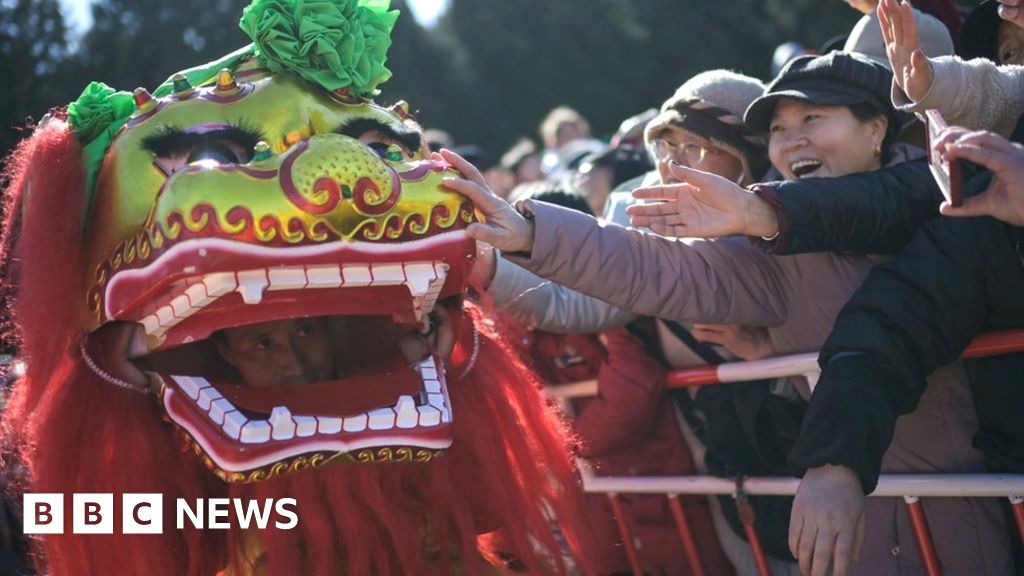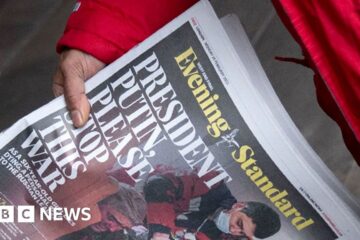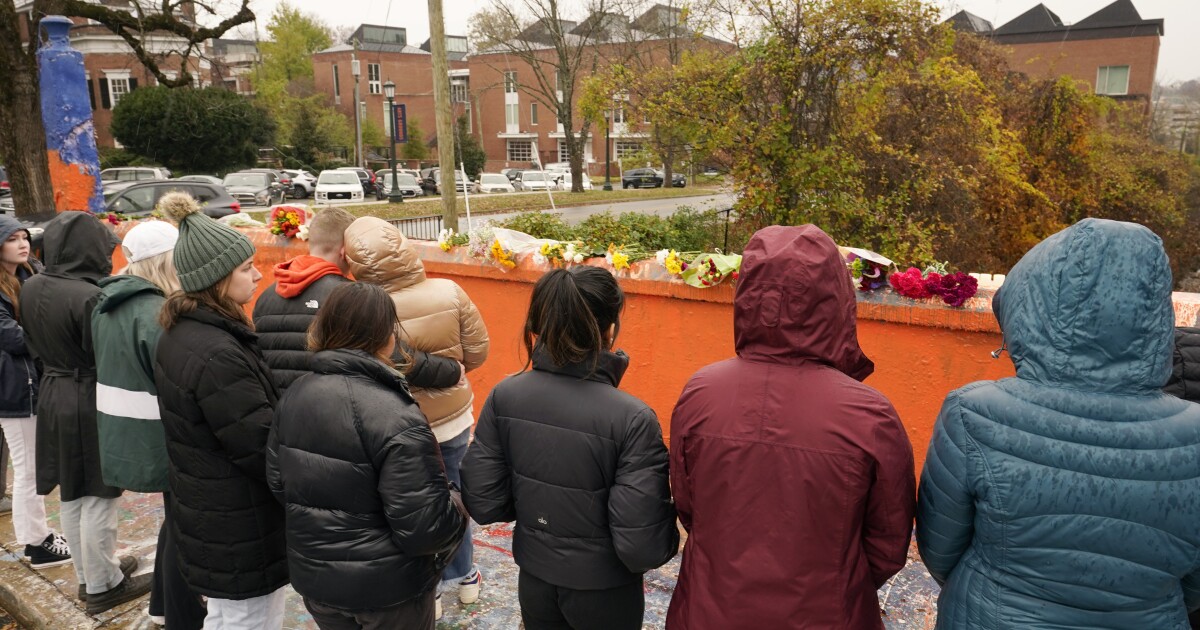Tourism spending in China during the Lunar New Year jumped above pre-Covid levels, official data shows.
Domestic tourism spending hit 632.7 billion yuan (£69.7bn), about 47% more compared to the same holiday period last year according to government figures.
The celebrations came after years of pandemic lockdowns and restrictions, which were lifted in early 2023.
The celebrations came after years of pandemic lockdowns and restrictions, which were lifted in early 2023.
The figures for the start of the Year of the Dragon showed that 474m domestic trips were taken during the eight-day break, which ended on Sunday. That was more than 34% higher than last year and 19% above pre-pandemic levels in 2019.
Although authorities did not give a breakdown of the data, calculations based on the official figures show that average spending on each trip was down by around 9.5% compared to 2019.
This suggests “consumption downgrading is still widely seen,” analysts from US investment banking giant Goldman Sachs wrote in a note.
The holiday, known as the Spring Festival in China, is the world’s largest annual migration.
Tourism spending in China during the Lunar New Year jumped above pre-Covid levels, official data shows.
The celebrations came after years of pandemic lockdowns and restrictions, which were lifted in early 2023.
Domestic tourism spending hit 632.7 billion yuan (£69.7bn), about 47% more compared to the same holiday period last year according to government figures.
The figures for the start of the Year of the Dragon showed that 474m domestic trips were taken during the eight-day break, which ended on Sunday. That was more than 34% higher than last year and 19% above pre-pandemic levels in 2019.
The celebrations came after years of pandemic lockdowns and restrictions, which were lifted in early 2023.
The celebrations came after years of pandemic lockdowns and restrictions, which were lifted in early 2023.
The figures for the start of the Year of the Dragon showed that 474m domestic trips were taken during the eight-day break, which ended on Sunday. That was more than 34% higher than last year and 19% above pre-pandemic levels in 2019.
Although authorities did not give a breakdown of the data, calculations based on the official figures show that average spending on each trip was down by around 9.5% compared to 2019.
This suggests “consumption downgrading is still widely seen,” analysts from US investment banking giant Goldman Sachs wrote in a note.
The holiday, known as the Spring Festival in China, is the world’s largest annual migration.
#Lunar #Year #China #tourism #spending #tops #preCovid #level
Note:- (Not all news on the site expresses the point of view of the site, but we transmit this news automatically and translate it through programmatic technology on the site and not from a human editor. The content is auto-generated from a syndicated feed.))



